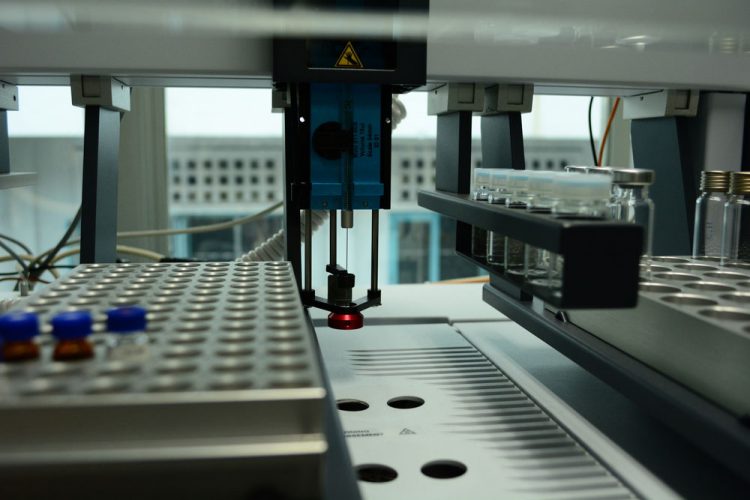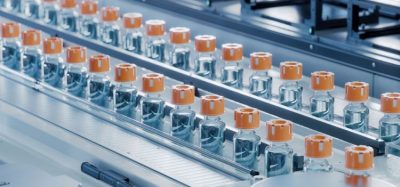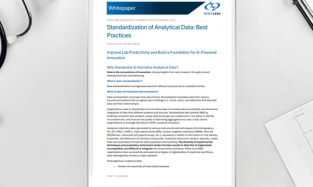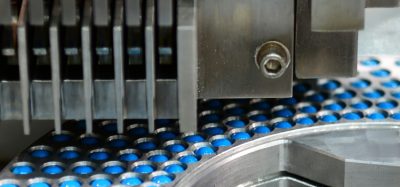Robotics takes mass spec to the third dimension for pharma applications
Posted: 11 April 2018 | European Pharmaceutical Review | No comments yet
Scientists report that by combining a robotic arm and mass spectrometry can potentially open up new branches of pharmaceutics…


Within the past decade, many advancements have been made in the 3-D market. Now scientists report in that by combining a robotic arm and mass spectrometry, they can analyse the surface of irregularly shaped 3-D objects, potentially opening up new branches of forensics and pharmaceutics.
Mass spectrometry (MS) is a tool that helps researchers identify the components of a sample.
In recent years, the instrument has made its way outside the laboratory for use in forensics and drug screening. But current MS techniques can not examine large, bulky, curved objects without a lot of human intervention. Previously, Facundo M. Fernández and colleagues performed a proof-of-concept study to show that a 3-D infrared camera could direct a robotic arm to collect samples for plasma ionisation MS analysis, but only certain types of molecules could be studied with the method.
In the current work, the team wanted to expand on this idea of direct surface sampling of irregularly shaped 3-D objects.
The researchers developed a new method called robotic surface analysis MS (RoSA-MS). To do this, they attached a custom-built laser scanner to a force-sensing robotic arm. The laser scanner created a digital map of the sample’s surface, which directed a spring-loaded sampling probe — also attached to the arm — to certain locations. The probe briefly contacted the surfaces of objects and collected trace amounts of the material. After collecting the sample, the arm placed the probe into an electrospray ionisation mass spectrometer that can analyse a wide range of samples.
The research has been published in ACS’ Analytical Chemistry









